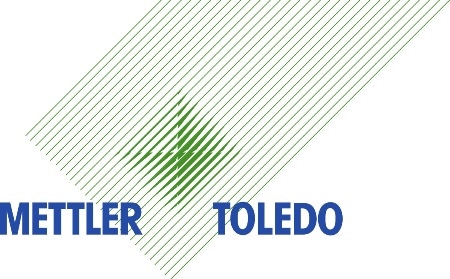The experiment illustrates the use of ADSC to achieve an improved separation of the individual glass transitions.
Sample
The sample considered for this experiment is Vulcanized elastomer based on an NR/SBR blend.
Composition
| Constituents |
NR/SBR blend |
| NR |
25.5% (NR) |
| SBR |
7.2% (SBR) |
| Vulcanizing agent |
4.0% |
| Plasticizers |
9.6% |
| Fillers |
53.3% |
Conditions
| Measuring cell: |
DSC |
| Pan: |
Aluminum standard 40 µl, pierced lid |
| Sample preparation: |
Piece of elastomer of approximately 20 mg. |
| DSC measurement: |
The sample was cooled from 120 °C to –80 °C at 5 K/minute
and subsequently measured from -80 °C to –10 °C.
Temperature amplitude: 0.5 K
Underlying heating rate: 2 K/minute Conditions
Period: 90 seconds |
| Atmosphere: |
Nitrogen, 50 ml/minute |
Interpretation
The complex heat capacity for the glass transition region of the NR/SBR blend is shown in Figure 1.
.jpg)
Figure 1. ADSC of an NR/SBR blend
In the traditional DSC measurement curve, enthalpy relaxation is the reason behind the occurrence of a peak at the NR glass transition. This aspect made it difficult to assess the smaller SBR glass transition that followed. The peak could be interpreted as an exothermic effect. However, two distinct glass transitions are shown by the ADSC curve (Figure 1).
When it came to assessing the glass transitions of the two polymer phases, the ADSC method enabled simpler analysis compared to the traditional DSC and also provided definite interpretation. An NR/SBR ratio of 3.6:1 was provided by the measured step heights, whereas 3.5 was the actual ratio based on formulation.
Conclusion
The separation of different processes can be enhanced with the help of ADSC measurements rather than traditional DSC. This is especially true for the measurement of the glass transition of incompatible polymer blends. The evaluation accuracy is also considerably enhanced.

This information has been sourced, reviewed and adapted from materials provided by Mettler Toledo - Thermal Analysis.
For more information on this source, please visit Mettler Toledo - Thermal Analysis.